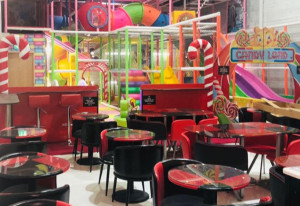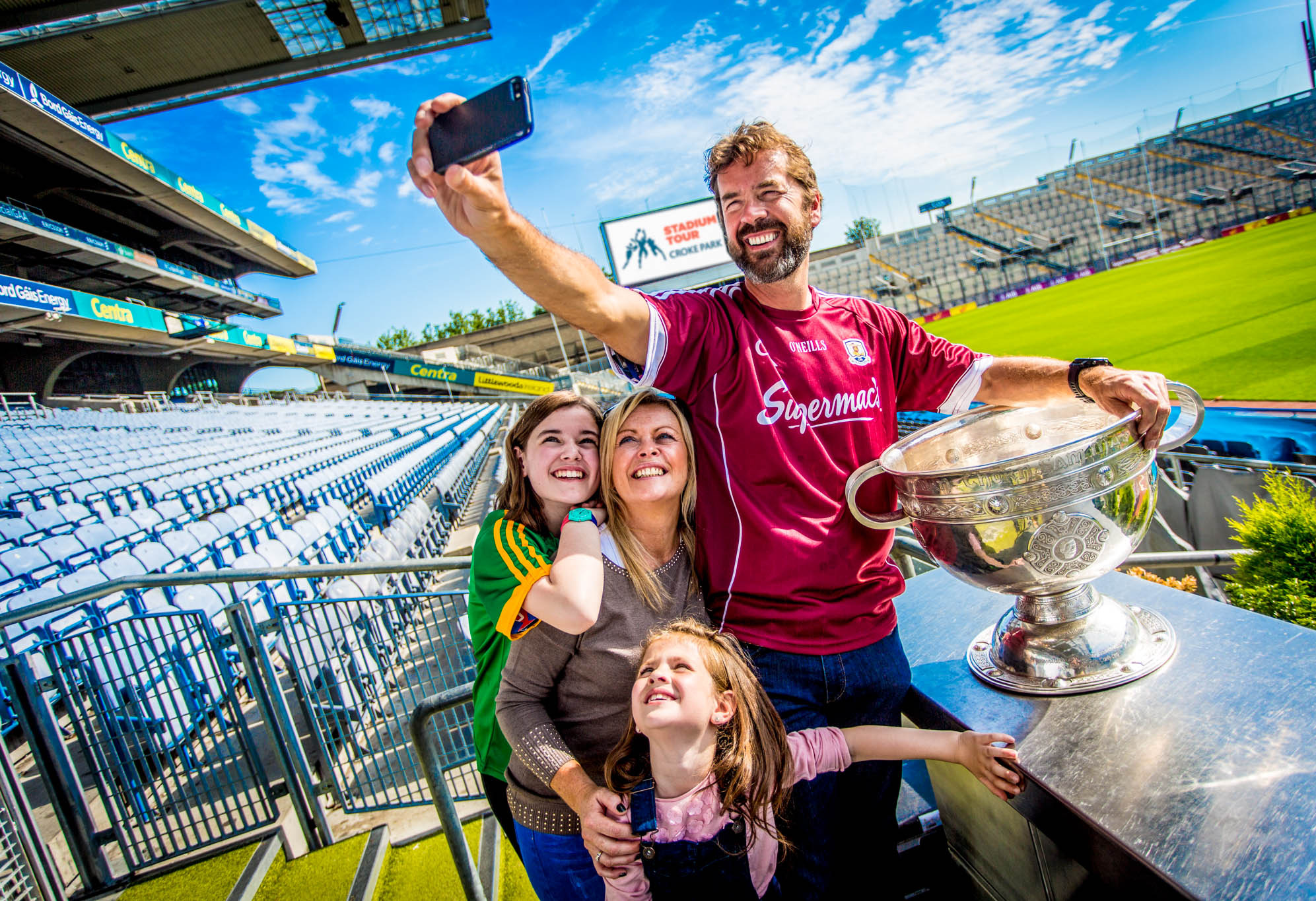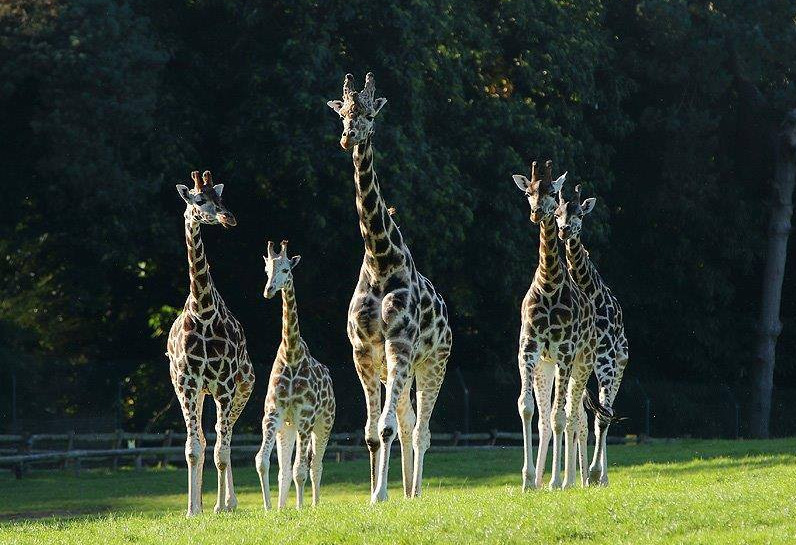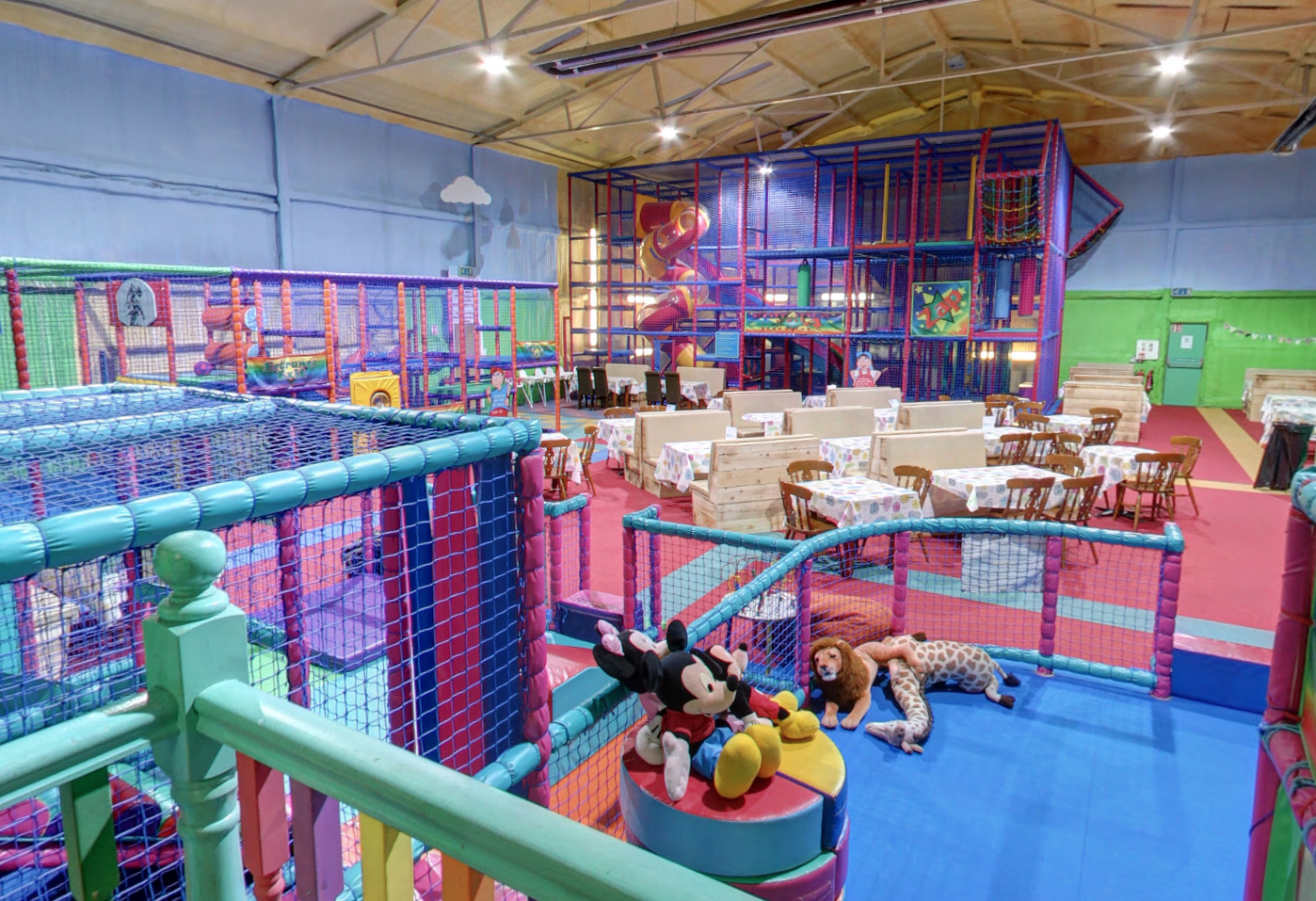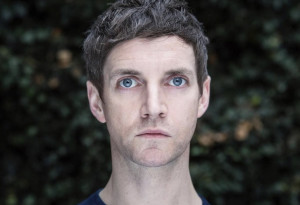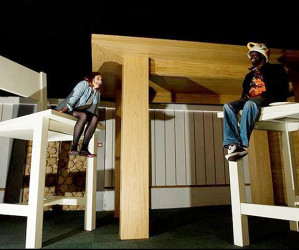No.14 Henrietta Street

At No.14 Henrietta Street we are developing a museum dedicated to the understanding of the history of urban life and housing in Ireland, through people and memory. To this end, we have embarked upon a major conservation and adaptive reuse project. The museum will open to the public mid 2017. We will showcase the architectural heritage and rich and varied social history of the house and the street from its 18th century Georgian beginnings to its transformation at the end of the 19th century as a street of tenements housing over 900 people. To inform the project a number of post-doctoral research projects have been embarked upon. We are researching the first (mid-18th century) residents of the street and their complex social and political inter-connections and rivalries. We are seeking to understand the changes to the street and the wider Gardiner Estate in the 19th century, and its eventual decline. We are completing an oral history project with the National Folkore Collection UCD to record the memories of people who have lived in the Henrietta Street tenements and other...




